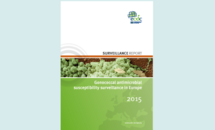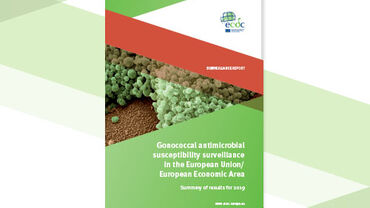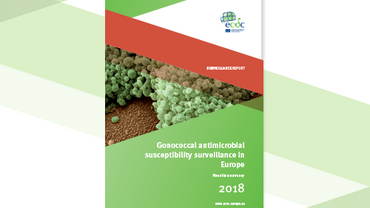Gonococcal antimicrobial susceptibility surveillance in Europe, 2015
The European Gonococcal Antimicrobial Surveillance Programme (Euro-GASP) follows a decentralised and centralised testing model. In 2015, 24 EU/EEA Member States participated in Euro-GASP, 17 through decentralised testing. A total of 2 134 isolates were collected and tested, covering 3% of the gonorrhoea cases reported by routine surveillance.
The 2015 antimicrobial susceptibility data revealed stable proportions of cefixime, ciprofloxacin and azithromycin resistance compared to 2014; a slightly lower proportion of tested isolates showed cefixime resistance. Isolates with this phenotype were detected in nine countries. Only one isolate with ceftriaxone resistance was detected. Ciprofloxacin resistance has decreased since 2013, and the level of azithromycin resistance decreased slightly. Five isolates displayed high-level resistance to azithromycin.
The decreasing cefixime and ceftriaxone resistance in Europe since 2010 is encouraging and is most probably in part due to the highly-effective dual-therapy regimen (ceftriaxone plus azithromycin) currently recommended. However, the level of resistance to azithromycin is of concern and threatens the effectiveness of this regimen.
Download






